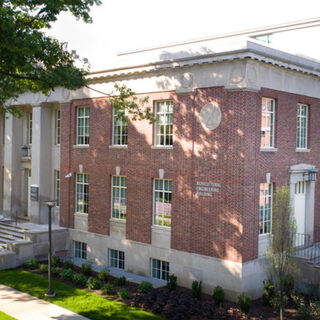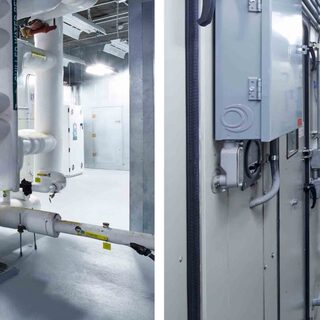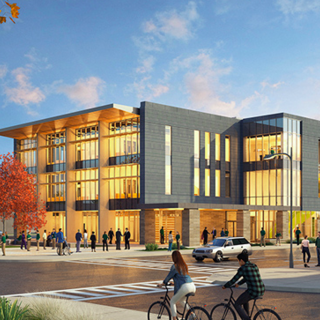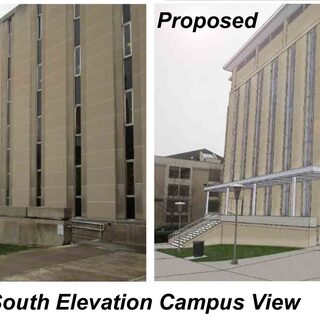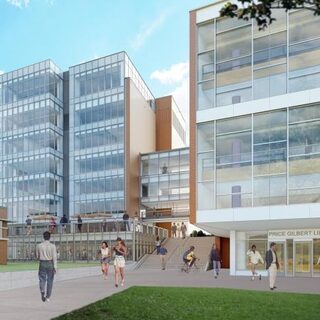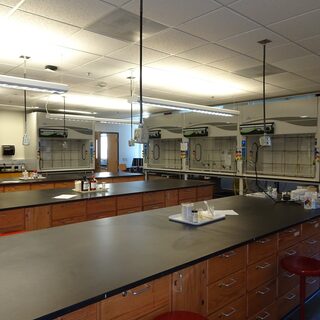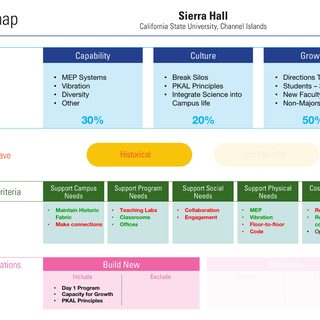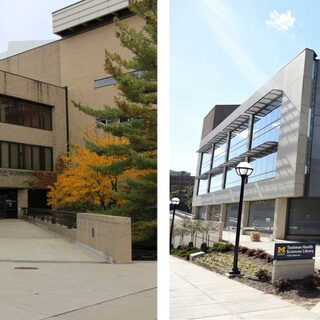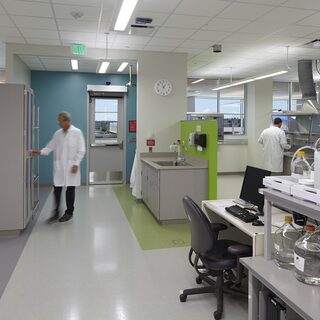Pennsylvania State University Opens Agricultural and Biological Engineering Building
The Pennsylvania State University celebrated the opening of the 93,500-sf Agricultural Engineering Building in June of 2018 in University Park. The $44 million project included a 16,000-sf renovation of the historical front section of the structure, demolition of the remainder of the building, and approximately 77,000 sf of new construction.

